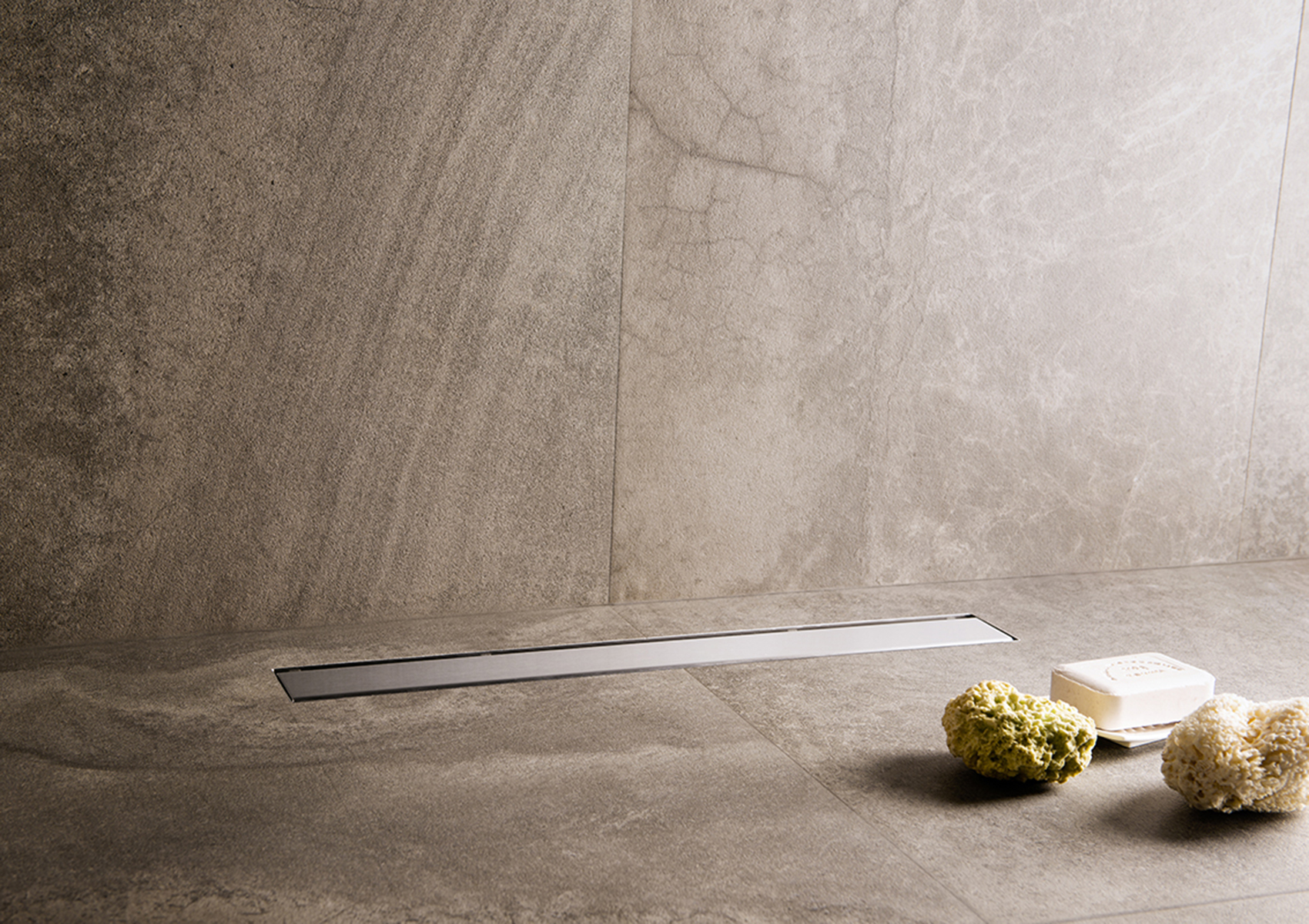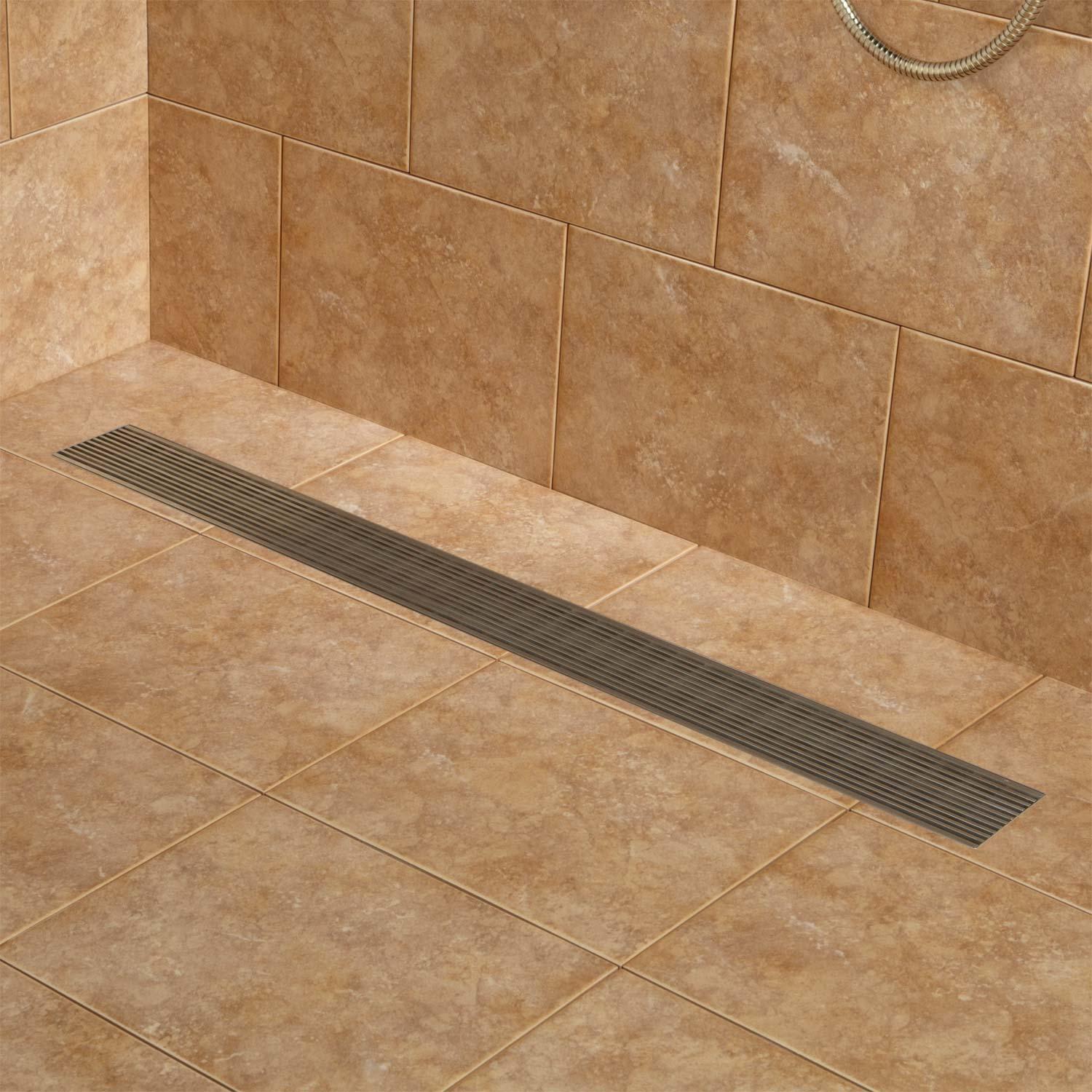Taking On-Handling-Managing Your DIY-Do-It-Yourself-Self-Installed Shower Drain-Bathroom Drain-Drainage System Installation-Setup-Project
Taking On-Handling-Managing Your DIY-Do-It-Yourself-Self-Installed Shower Drain-Bathroom Drain-Drainage System Installation-Setup-Project
Blog Article
The article down below in relation to How to Install a Shower Drain is without a doubt entertaining. Check it out for yourself and figure out what you think about it.

Updating a bathroom is among the a lot more preferred residence renovation projects. Handling the plumbing for draining your shower can be exceedingly simple unless you go overboard.
Managing Your Own Shower Drainpipe Installment Task
You can literally develop an enthusiast for your brand-new shower, but you really require to think of it. Do you truly wish to get involved in the issues of getting the sloping proper, and also making sure every element of it is water resistant? As well as I imply every element! It is much easier to simply acquire a pre-cast enthusiast online or at your neighborhood copyright, House Depot or hardware store. Structure one may sound like a wonderful concept, however you will probably really feel in a different way after a couple of hours.
No matter how you go about obtaining a frying pan, you must make every effort to make use of one that has the drainpipe located in the very same area as the original frying pan. Moving the drain pipelines can be a task, specifically if the home builder used a distinct framing framework. If you are identified to relocate the drain, you are mosting likely to need to cut back the pipeline or lengthen it, which might imply destroying big portions of the floor. Put another way, you are mosting likely to be checking out a multiple weekend break project.
Presuming we have our drain aligned, the real attach is rather basic. The water drainage pipe need to be dealing with upright up to the collection agency. It will commonly look like a "U", which implies it works as a cleanout to keep unpleasant scents from coming back up from the drainpipe. To attach the drain, you are mosting likely to create a water tight link in between a drain cap on the top of the pan as well as the water drainage pipe. Solutions differ, but you are usually mosting likely to do this by putting a coupling item on the top of the water drainage pipe. This is then covered with gaskets as well as essentially screwed into the drain cap. The drainpipe cap ought to function as a locknut, to wit, it screws straight onto the coupling.
The challenging part of this procedure is obtaining your drain cap to fit into a leak-proof setting in the frying pan. This is completed by backing off the drain cap when you make certain every little thing fits together. At that point, you put plumbing professionals putty around the bottom of the cap and then screw it back on. The putty should develop a tight seal in between the cap as well as the shower frying pan, which maintains water from flowing under it and also into the framing under the shower.
Certainly, shower room showers come in a wide array of designs nowadays. If you acquire an enthusiast, they almost always come with plumbing instructions or the store can note anything unusual you should know. It sounds complex, yet is normally rather easy. Enjoy!
Whether you are a bath tub or shower individual, many people look for shower only alternatives when acquiring a residence. This basic truth implies more than a couple of home owners invest a weekend break upgrading or installing showers in their bathrooms. The good news is for you, it is a rather basic process.
A collector or frying pan describes the horizontal surface situated at the end of the shower. The collection agency generally consists of a non-slip surface area slightly banked in the direction of the center or anywhere the drain lies. Incorporated with 3 to 4 inch wall surfaces around the side, the objective of your shower drainage plumbing is to obtain the water to move to as well as down the drain.
Tips for Installing a Shower Drain Assembly
Renovating a bathroom can be exciting as well as fulfilling if you’re tackling the job DIY-style. After you cross off the bigger decisions such as tile style, paint colors, and fixtures, you’ll need to finalize smaller details – such as the shower drain. In this article, we’re sharing some tips for selecting and installing the right drain assembly for your updated shower.
What is a shower drain assembly?
Shower bases or pans typically only come with a pre-drilled drain hole. Since the pan slopes toward the drain, you should consider the placement – left, center, or right – when designing your shower. You’ll need to purchase and install a shower drain assembly that connects the shower pan to the drain pipe underneath the shower. There are a few types of assemblies, which will be covered below.
Size of a shower drain
When it comes to installing drains, size matters. The recommended pipe size for a shower drain is 2 inches, whereas most tubs use 1.5-inch pipes. Why the difference?
Shower pans are shallower than tubs, so there’s a higher risk for overflow. So, the larger pipe allows for quicker draining. If you are replacing an old tub with a newer stand-up shower, you will need to make additional plumbing adjustments to accommodate the 2-inch pipe.
Types of shower drain assemblies
There are three common types of shower drain assemblies: compression shower drain, solvent-glue shower drain, and tile shower drain. The layout, design, and materials of your shower can determine which type of shower drain assembly will work best.
Compression shower drain
This type of assembly attaches to the drain pipe with compression washers and nuts. The drain fitting is typically installed into the base, and then the base is installed into the bathroom floor. This makes compression-style drains easier to install than other options, particularly if you don’t have easy access from the floor under the shower base. Drains are available in a wide range of materials such as PVC (polyvinyl chloride), ABS (Acrylonitrile Butadiene Styrene), and brass, and can be used for acrylic, fiberglass, and steel shower bases.
Solvent-glued shower drain
Made of either polyvinyl or ABS, this type of shower drain is sealed to the drain pipe with solvent glue and silicone. Since you’ll be working underneath the drain pan, we only recommend using this type of drain if you have access under the shower, such as from a basement or crawlspace. It’s also important that you match the type of plastic of the drain with the drainpipe. If you take these precautions, you can install a solvent-glued drain assembly with acrylic, fiberglass, and steel shower bases.
Tile shower drain –
Drain assemblies for custom tile showers feature a waterproof membrane liner placed between two flanges. The tile is installed on top of the liner, collecting any water that seeps through the porous grout. A metal strainer is installed in line with the tile over the drain.
https://www.epshawaii.com/blog/tips-for-installing-a-shower-drain-assembly/

We were shown that article about How to Install a Shower Drain through a good friend on our other website. In case you enjoyed our blog entry kindly be sure to share it. Thank you so much for going through it.
Report this page